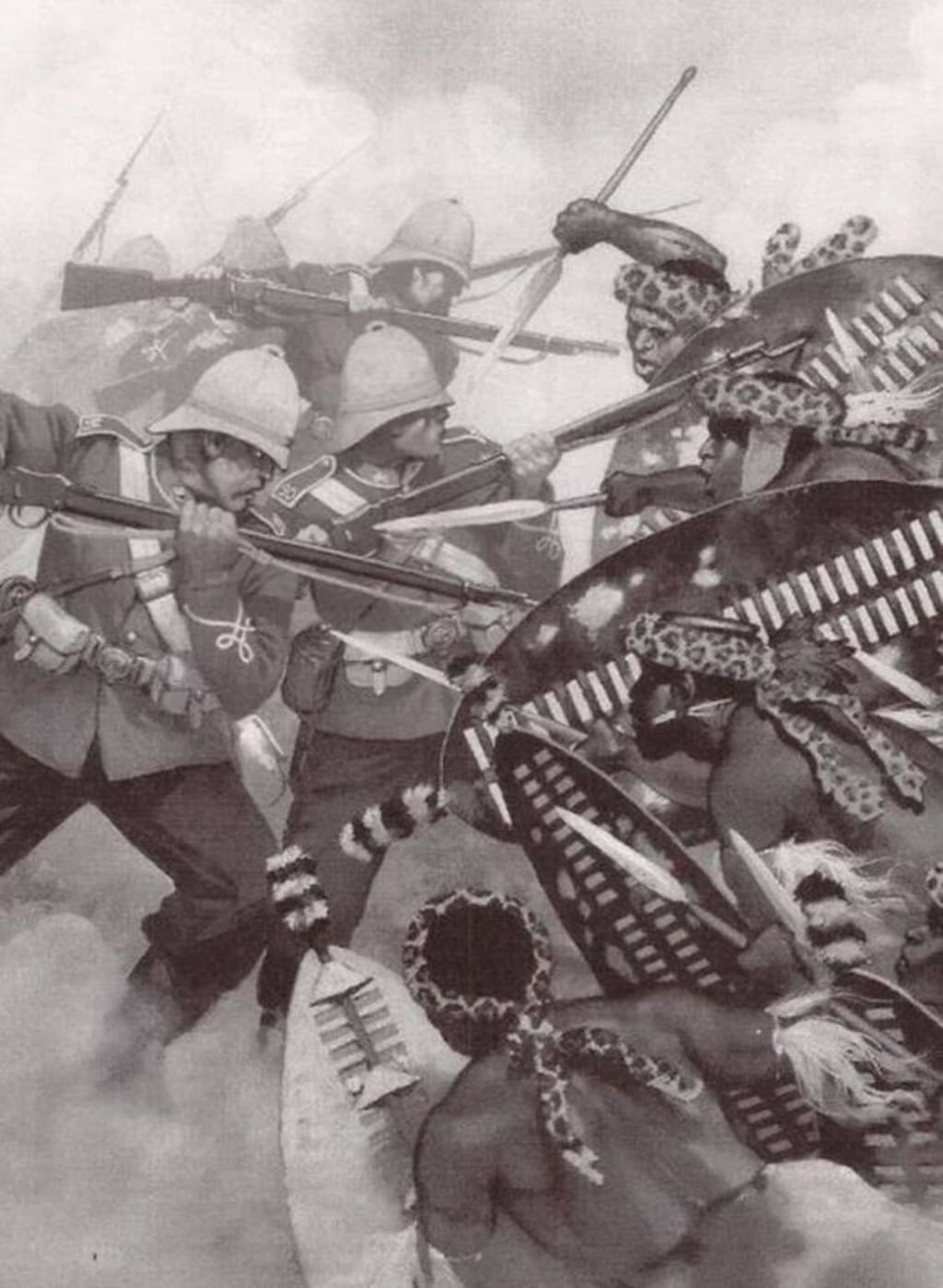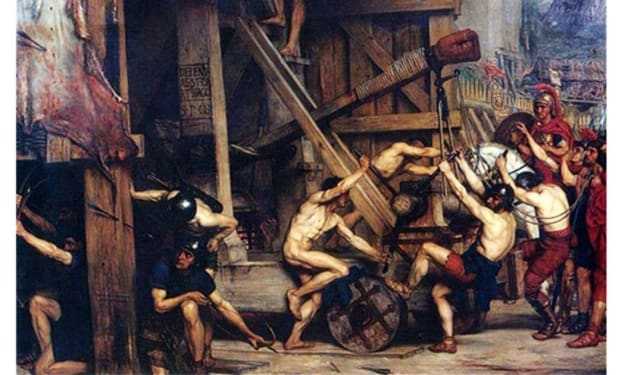Strength of the Zulu Nation: Revealing the Military Organization and Tactics
Unveiling the Strategic Brilliance and Combat Prowess of the Zulu Kingdom

During the reign of Shaka and his successors, the growth and resilience of the Zulu nation can be attributed to its remarkable military organization and skills. The military structure revolved around the concept of ukubuthwa, which eliminated traditional initiation ceremonies. Under this system, each age-set, a group of young men of the same age, was incorporated into a specific regiment known as ibutho (singular) or amabutho (plural). The practice of ukubuthwa also extended to girls, who generally belonged to age-sets rather than regiments. Military barracks called ikhanda (singular) or amakhanda (plural) were established throughout the kingdom and were under the authority of a close relative of the king or a designated individual.
These barracks closely resembled the traditional umuzi (homestead), but on a larger scale. The izinsizwa, or young men, not only fulfilled military responsibilities but also undertook tasks related to the maintenance and repair of their barracks. They also served as keepers of the national herd, messengers for the king, domestic policemen, and contributed to crop production for the royal household. A noteworthy aspect of the military organization was that there were always men undergoing military training, allowing the king to assemble an effective force quickly when required.
Under the leadership of Shaka, the Zulu warriors embraced revolutionary fighting techniques that played a pivotal role in their military and political ascendancy. One of Shaka's initial reforms was to revolutionize traditional fighting tactics, abandoning the practice of opposing armies lining up and throwing spears at each other. Instead, he introduced close hand-to-hand combat using long-bladed, short-shafted stabbing spears.
Shaka also made changes to shield design, reducing their size for increased maneuverability. He trained his warriors to utilize their shields to hook and wrench aside their opponent's shield, exposing their left flank to the Zulu warrior's spear. Another groundbreaking strategy developed by Shaka was the formation of a concentrated fighting unit resembling a buffalo head. The center, known as the "chest," comprised the most experienced and skilled fighters.
These warriors were deployed in two parallel formations, with the front line engaging the enemy while the rear line remained hidden from sight. This tactic aimed to deceive the enemy into believing they were facing a smaller force, while allowing the reserves to reinforce the front line if necessary. The fresh reserves also possessed the advantage of pursuing and outpacing a retreating enemy.
The buffalo head formation was supported by two horns, which encircled the enemy during an attack. A common tactic involved feinting with one horn while the other, concealed in bushes or tall grass, maneuvered to surround the enemy unseen. These innovative tactics proved decisive in the dramatic rise to power of the Zulu kingdom.
Upon completing a designated period of service to the king, typically up to 10 years, a regiment was granted permission to marry and wear the headring. Controlling the age at which men could marry played a vital role in maintaining a balance between population growth and available resources within Zulu society.
The Zulu nation's historical strength and prominence can be attributed to its well-structured military organization and the visionary leadership of figures like Shaka. The ukubuthwa system ensured a unified and disciplined force, while Shaka's strategic reforms transformed Zulu warfare. The buffalo head formation, shield tactics, and concealed horn movements proved instrumental in their military triumphs. The Zulu kingdom's rise to power exemplifies the remarkable fusion of organizational brilliance, tactical genius, and cultural resilience within the Zulu nation.
About the Creator
Ingrid Maibelo
Ingrid is a passionate writer and explorer of knowledge, sharing captivating articles on diverse topics. Unveiling mysteries and sparking curiosity, I invite you to embark on a journey of discovery through their thought-provoking pieces.
Enjoyed the story? Support the Creator.
Subscribe for free to receive all their stories in your feed. You could also pledge your support or give them a one-off tip, letting them know you appreciate their work.





Comments
There are no comments for this story
Be the first to respond and start the conversation.